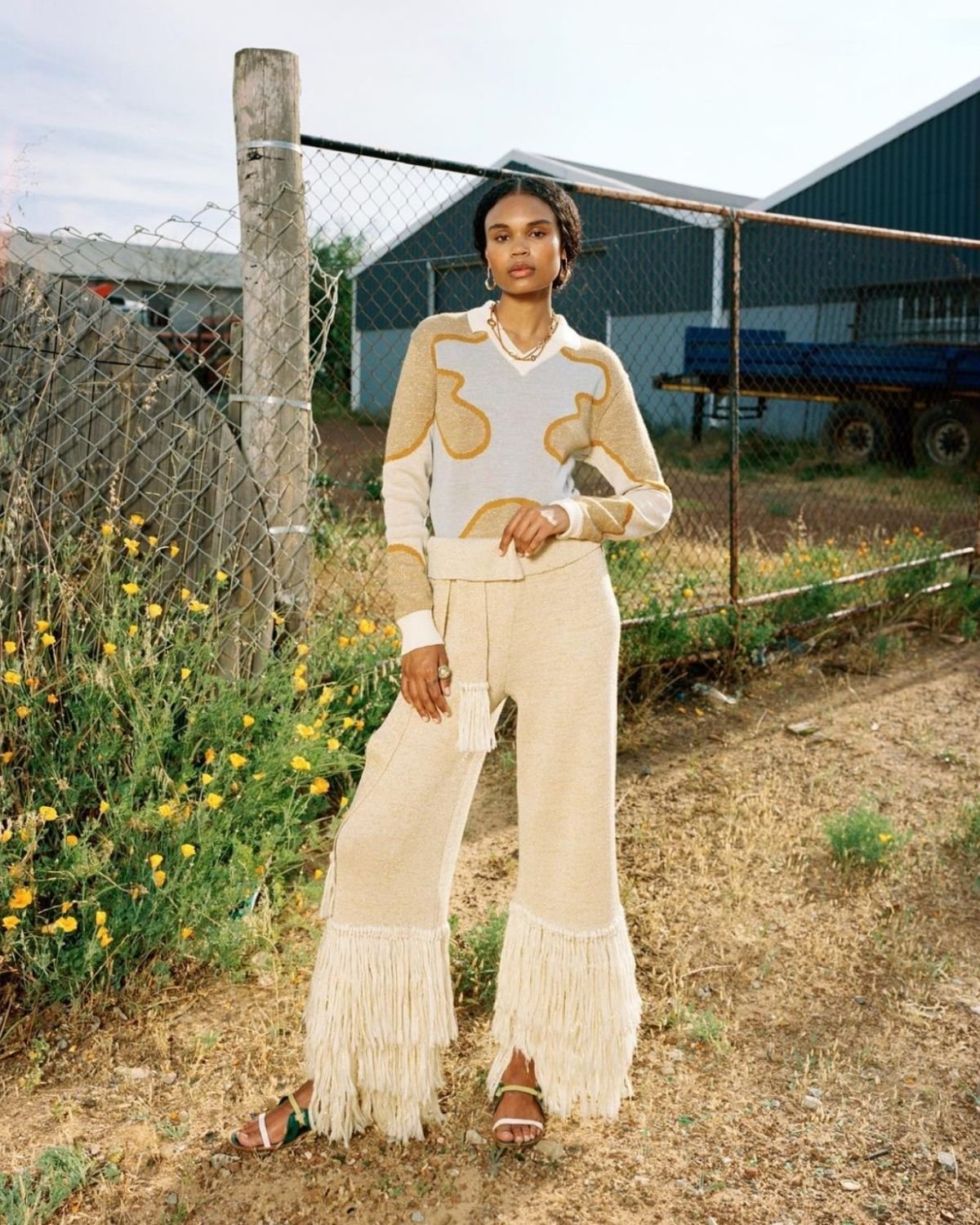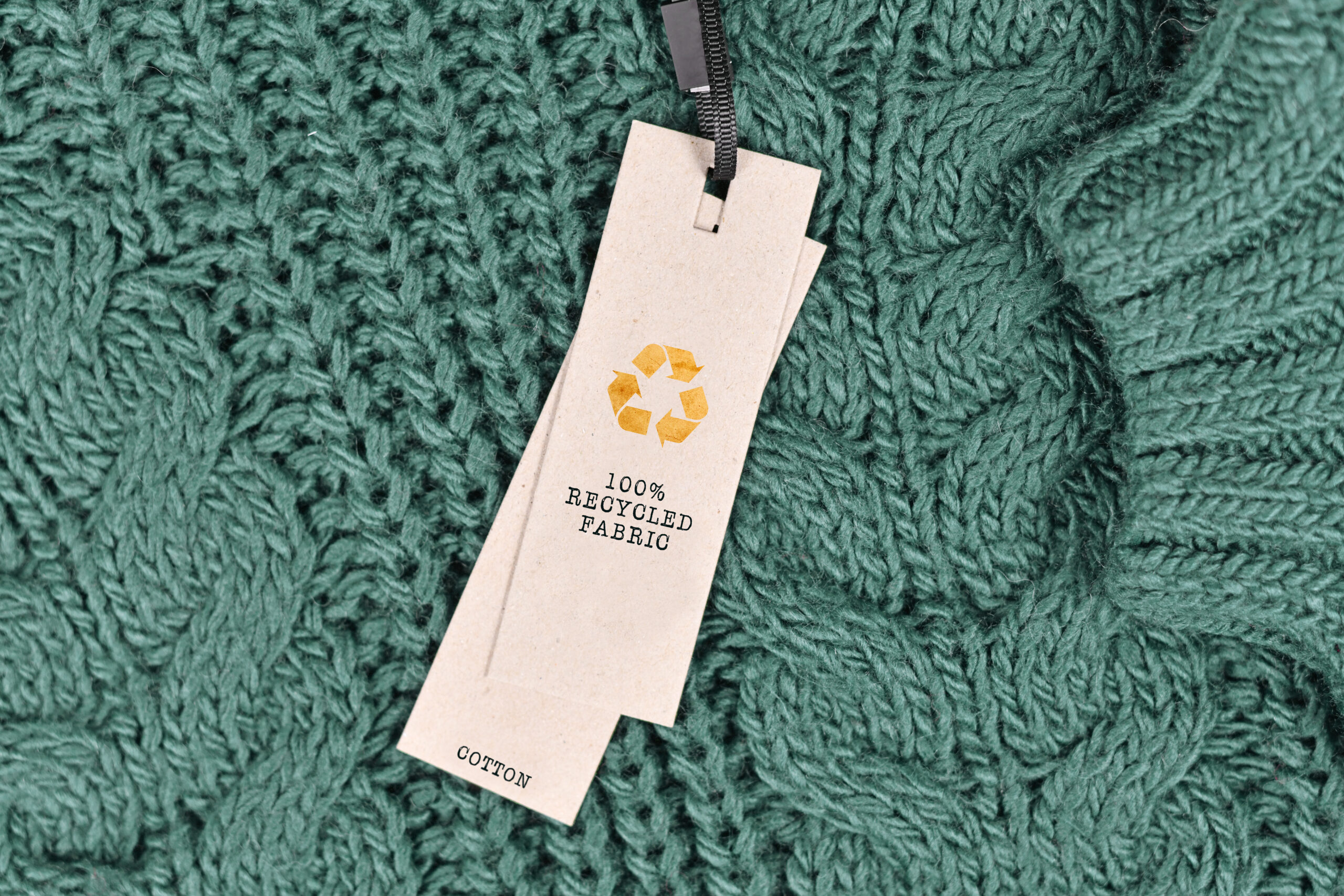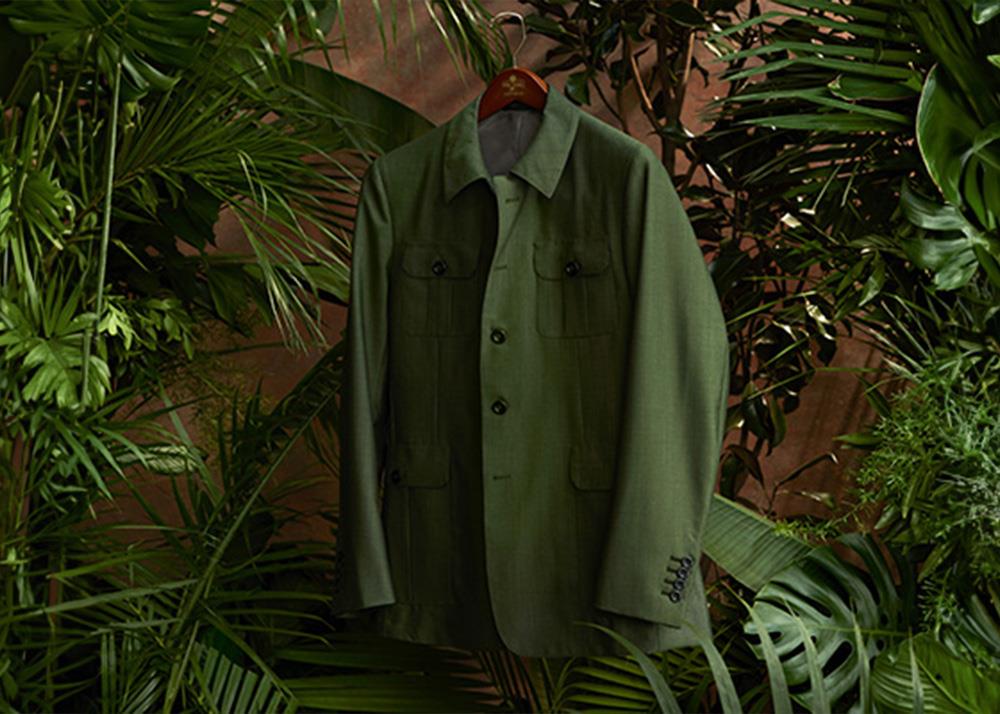Cape Town Sustainable Fashion Designers Leading the Green Movement
Stay Ahead of the Contour by Discovering Cutting-edge Fashion Fads
In a market as vibrant as style, staying in advance involves even more than simply complying with present fads-- it requires an exploration of innovation. Smart textiles, for instance, are changing garments right into practical work of arts, while 3D printing is revolutionizing style processes with its adjustable, waste-reducing capacities. As sustainability becomes a keystone, developments like green materials and round fashion practices are improving environmental responsibility - Cape Town Sustainable Fashion. Moreover, the convergence of innovation and fashion heralds a new era of consumer interaction. How, after that, can these arising trends redefine the future of fashion, and what ramifications do they hold for brand names looking for to thrive in this evolving landscape?

Welcoming Smart Textiles
In recent times, the fashion market has actually observed a transformative shift with the integration of clever fabrics, an advanced technology that mixes technology with material. This development stands for not just a fusion of aesthetic appeals and capability yet additionally a considerable jump towards sustainability and customization in fashion. Smart textiles, also referred to as e-textiles, installed advanced electronics such as sensors and conductive threads within the textile, making it possible for garments to engage with the user or the atmosphere.
These fabrics are made to keep track of physiological criteria, such as heart price or body temperature level, giving real-time health analytics. Beyond health applications, smart fabrics are additionally being used for flexible apparel, which can change shade or pattern in response to ecological stimuli, hence supplying a dynamic style experience.
Additionally, the development of energy-harvesting textiles that produce power from movement or sunlight is leading the means for self-sufficient wearable technology. This innovation is appealing to eco aware customers and designers aiming to decrease the ecological impact of style. As research and advancement in this field development, smart fabrics are anticipated to come to be increasingly prevalent, reshaping the landscape of modern-day style with their multifunctional capacities.
The Surge of 3D Printing
Reinventing the production landscape, 3D printing has arised as a game-changer in the fashion business. This advanced innovation has actually made it possible for developers to push the boundaries of creative thinking, creating elaborate and customized garments that were previously unbelievable. By leveraging electronic layout and additive production, 3D printing promotes the creation of complicated geometries and patterns, allowing developers to try out new textures and structures.
A remarkable advantage of 3D printing in style is its ability to create on-demand, lessening waste and lowering supply demands. This effectiveness not only maximizes manufacturing procedures but additionally enables quick prototyping, allowing designers to bring their visions to life in a shorter duration. In addition, 3D printing supports modification somewhat unequaled by typical methods, offering special styles and individualized fits tailored to individual customer choices.
The increase of 3D printing has additionally equalized style, making it available to emerging designers that can now make high-quality items without substantial financial investment in conventional manufacturing facilities. As innovation continues to advance, the garment industry is positioned to harness the full potential of 3D printing, exploring brand-new materials and strategies that will undoubtedly redefine exactly how fashion is conceived and generated.
Sustainable Style Advancements
As the fashion business comes to grips with the pressing need for environmental duty, lasting style innovations have actually arised at the center of transformative change. The expanding recognition of environmental impact has sustained a shift in the direction of even more eco-conscious techniques and materials. Designers and brand names are now prioritizing sustainability, incorporating techniques that decrease waste and minimize carbon footprints.
One considerable advancement is the increase of round style, which stresses recycling and content upcycling to prolong official site the lifecycle of garments. This approach not just minimizes waste yet additionally motivates customers to adopt a much more conscious approach to apparel intake. In addition, the usage of sustainable products, such as organic cotton, hemp, and recycled polyester, has acquired traction. These materials require much less water and power during manufacturing, considerably lessening environmental impact.
An additional innovation depends on the fostering of ingenious dyeing strategies that make use of natural dyes or waterless processes, thereby reducing the huge quantities of water and chemicals generally utilized in fabric dyeing. Moreover, developments in biotechnology have brought about the production of lab-grown leather and materials, supplying cruelty-free and eco-friendly choices to conventional products. Through these pioneering efforts, the fashion business is making purposeful strides towards an extra lasting future.

Tech-Integrated Garments
Tech-integrated garments stands for an innovative blend of fashion and modern technology, improving just how people communicate with their clothes. This cutting-edge domain name is noted by the incorporation of clever textiles and ingrained digital parts, boosting both functionality and visual allure. From health and fitness trackers installed in sportswear to heated coats managed through smart device applications, tech-integrated apparel offers customers Extra resources extraordinary convenience and adaptability.
Introducing brands are driving this trend, concentrating on developing garments that react to environmental stimulations or individual commands. As an example, some garments can change shade or pattern in feedback to temperature level shifts, while others incorporate biometric sensing units to monitor health metrics like heart price or tension levels. The smooth assimilation of modern technology into fabrics additionally reaches environmental sustainability, with initiatives to establish self-cleaning materials or garments that adjust to climate condition, thus lessening the need for multiple layers.
Furthermore, the development of wearable modern technology is not simply limited to garments yet prolongs to accessories like watches and glasses, further widening the range of tech-integrated style. As the market continues to introduce, the possibility for modification and customization in garments grows, supplying consumers unique, tech-enhanced style experiences that deal with their private needs and choices.
Future of Virtual Fashion
In recent times, the future of digital fashion has actually become a transformative pressure within the industry, leveraging innovations in digital innovation to redefine how fashion is created, experienced, and consumed. By integrating enhanced fact (AR), online fact (VIRTUAL REALITY), and 3D style devices, developers can now craft immersive and interactive experiences that transcend traditional style limits. Digital style allows for the development of garments that exist exclusively in digital environments, using endless possibilities for development without the restrictions of physical manufacturing.
This digital shift not just offers opportunities for imaginative expression but additionally addresses sustainability issues integral in typical style methods. Cape Town Sustainable Fashion. By eliminating the requirement for physical sources, online fashion minimizes waste and minimizes carbon footprints. Furthermore, the increase of online fashion straightens with the enhancing consumer need for special and tailored experiences, as digital garments can be tailored and customized to private preferences with simplicity

Conclusion
The style market's future lies in the assimilation of innovative technologies and sustainable methods. Online fashion is poised to redefine customer communications.
In recent years, the fashion sector has seen a transformative shift with the integration of clever fabrics, a cutting-edge technology that mixes technology with material.As the style industry grapples with the pressing need for environmental responsibility, sustainable style advancements have actually arised at the center of transformative change.In recent years, the future of online style has emerged as a transformative pressure within the industry, leveraging developments in digital technology to redefine how fashion is created, experienced, and consumed. The increase of virtual fashion lines up with the raising consumer need for special and individualized experiences, as digital garments can be customized and tailored to private choices with ease.
The fashion sector's future lies in the combination of sustainable practices and ingenious modern technologies.